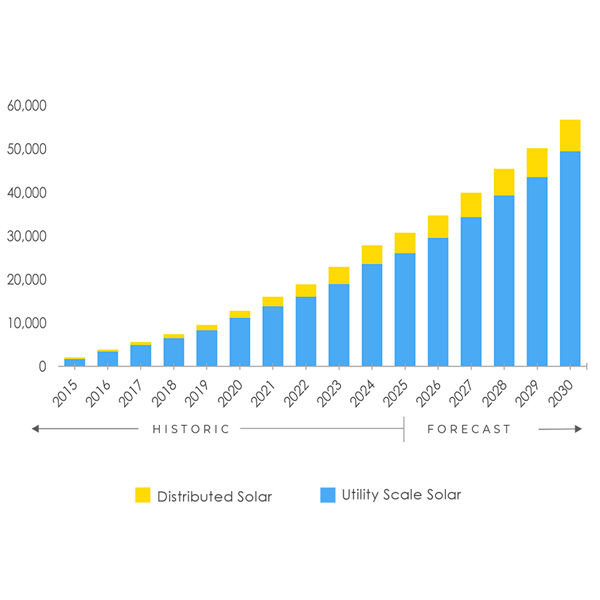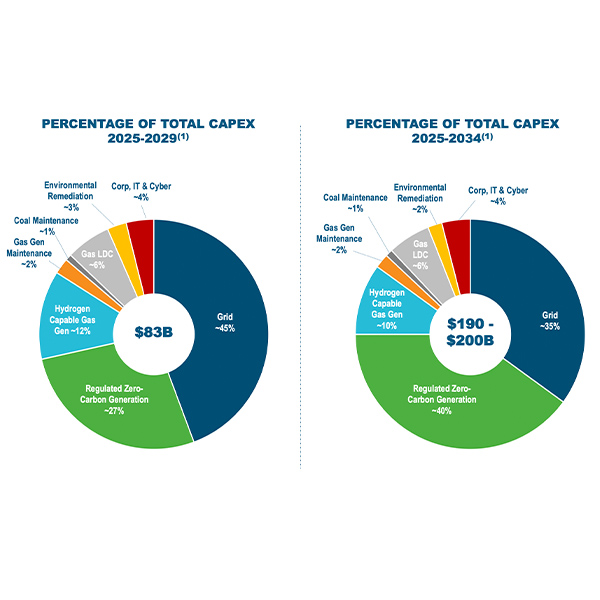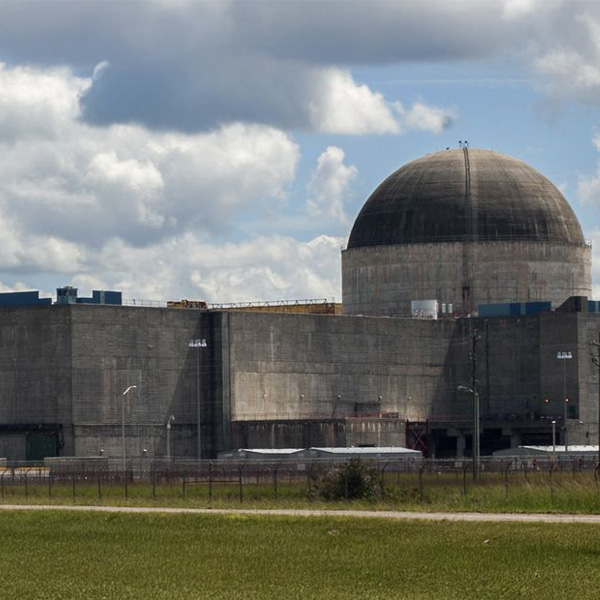North Carolina
Solar power generation will expand strongly but not uniformly in Southeast states through the 2020s, the Southern Alliance for Clean Energy says in its annual solar report.
Duke Energy filed its long-range plan with the North Carolina Utilities Commission, calling for more natural gas-fired generation and batteries while keeping existing coal plants online to meet accelerated demand for electricity.
Duke Energy reported earnings of $1.25/share for the second quarter, and its CEO told analysts the company also came out ahead with state and federal legislation.
Duke Energy described plans to invest up to $200 billion in the next decade to meet demand growth across its multiple utilities during an earnings call for the first quarter of 2025.
Duke Energy is considering nuclear for its long-term plans, but it may take decades before the resource is being installed at scales similar to gas plants, solar or wind today.
The town of Carrboro, N.C., became the first municipality in the country to sue an electric utility over its alleged deception around climate change, claiming that delayed action to address the issue will cost its government millions of dollars.
Duke Energy reported third-quarter earnings of $1.226 billion ($1.60/share), a dip of about 15% from the same period in 2023, as its utility territories were hit by three hurricanes.
The Southeast’s traditionally risk-averse vertically integrated utilities are now embracing the clean energy transition, driven by economic development in the form of new industry and data centers.
The NCUC approved Duke Energy's second Carbon Plan and Integrated Resource Plan, authorizing procurements of renewable energy, nuclear and demand response, while calling for its 8,000 MW of coal to be retired in 2036.
Dominion Energy’s 2024 Integrated Resource Plan calls for major expansions of offshore wind, solar power and natural gas to meet surging demand in its territory.
Want more? Advanced Search








